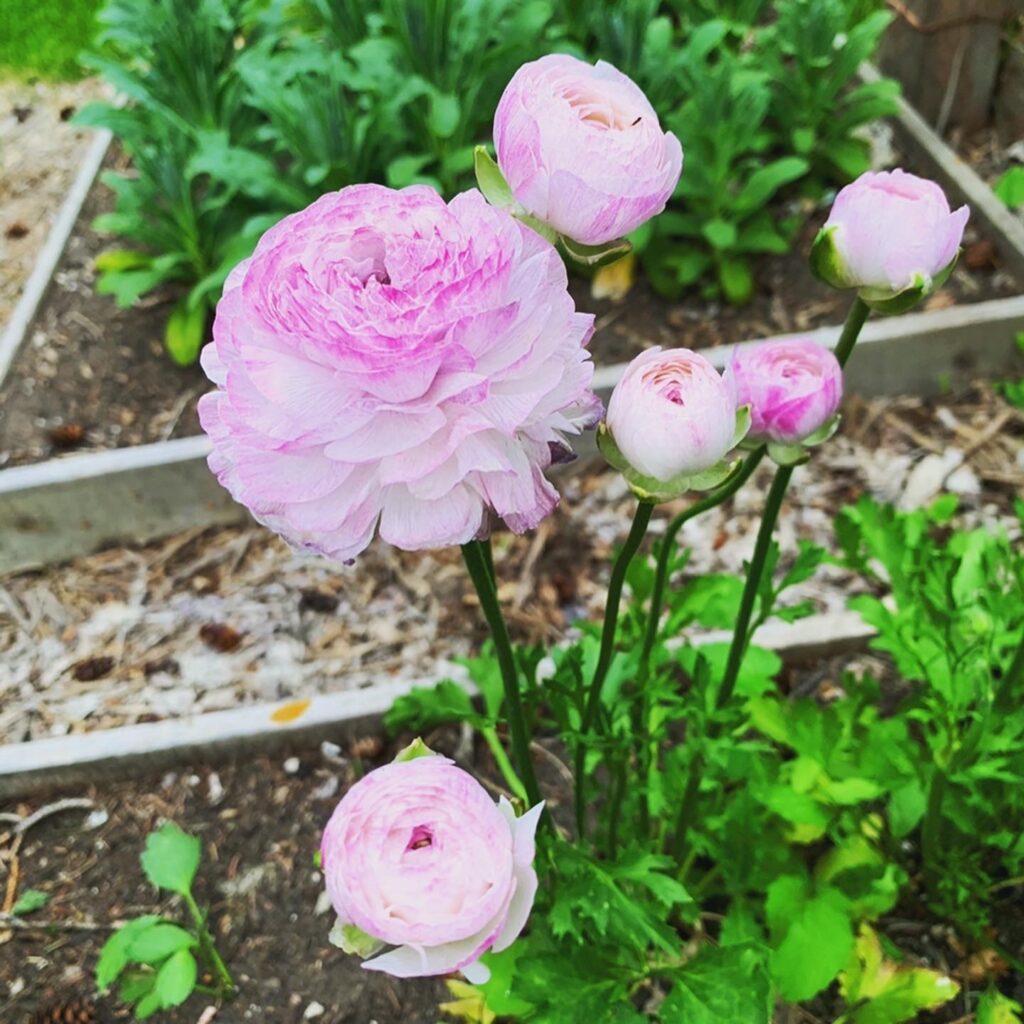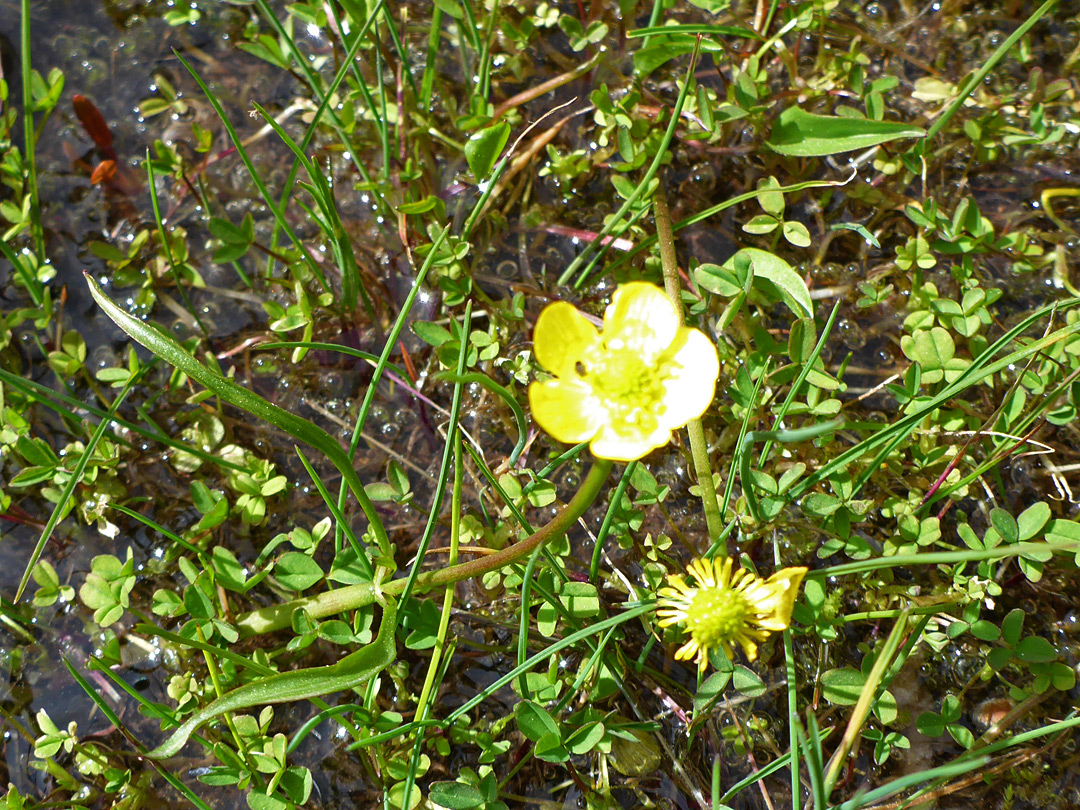
© Provided by Martha Stewart Living Add a pop of color to your garden with these cheerful blooms.

Whether planted in a garden or featured in an artfully arranged bouquet, ranunculus are instantly recognizable for their brightly hued, tightly layered petals. 'With such an extensive species selection and endless array of colors, ranunculus add an impressive pop of color to any landscape,' notes Josh Bateman, the owner of Prince Gardening in Pittsburgh. 'These blooms are frequent additions to bouquets for weddings and florist shops, so who wouldn't want them in their backyard?' Below, Bateman shares everything you need to know about growing and caring for this flower type at home.
Planting Ranunculus Fingertips Down
Planting
Common ranunculus varieties include Persian Buttercups, Clooney Tango, and Hanoi, all of which perform well in USDA Plant Hardiness Zones eight to 11; they should be planted in the ground in late fall for blooms by early spring. If you want to grow ranunculus in a cooler climate, such as zone seven or below, Bateman advises waiting until April, or the last frost of the season, which should yield blooms by mid-summer. Regardless of your environment, you will need to choose a location where your ranunculus will receive full sun and 'keep in mind that these flowers also have a pretty large root system,' says Bateman. 'If you're adding them to an outdoor landscape this shouldn't be a problem, but planting them in containers will be more limiting in space.'
Soil Conditions, Watering, and Fertilizing
Ranunculus are prone to root rot, so a well-draining soil is paramount. In fact, after giving your bulbs an initial watering, Bateman suggests not watering them again until the soil is completely dry. 'This is a very similar schedule to most houseplants,' he says. 'The top surface layer of soil may appear dry, but the soil underneath can still be very moist. You should always test the soil with your finger to see if it is, in fact, dry.' During the growing season, Bateman suggests a light treatment of bulb fertilizer.
Maintenance

For outdoor landscape planting, dig holes and set your Ranunculus bulbs 2–3' deep and 4–6' apart. Cover the bulbs with soil and water thoroughly. For container planting, set your Ranunculus 2' deep and 3–4' apart in good-quality, well-draining potting soil (not garden soil). When planting ranunculus outdoors, select a bright, sunny spot. Amend the soil with compost or peat moss before planting the tubers. Ranunculus doesn’t tolerate soggy soils so perfect drainage is important. Set the tubers in the soil with the pointed part of the claw-like structure pointing down. Cover it with 1 to 2 inches of soil.

Planting Ranunculus In Pots
Planting Ranunculus bulbs is easy. Plant your ranunculus bulbs in a location where the soil drains well. If necessary, fine-tune the soil with the addition of organic material, raising the level 2-3 inches to improve drainage. Peat moss, compost, ground bark or decomposed manure. Q: Which way do you point ranunculus 'bulbs'? Legs up or down? Although the flowers are beautiful and the plant is sold as a perennial, my experience is that it fades away after a year or two. Read more at Ranunculus Planting and Care.

Planting Ranunculus In Spring
Deadhead spent flowers to promote new growth or cut a few stems for an indoor arrangement (they have a long vase life!)—both will result in more blooms. For gardeners living in Zones eight to 11, there is a good chance you will be able to enjoy your ranunculus next spring, too. For those in cooler climates, these flowers should be treated as annuals; you will need to plant a fresh crop next season should you want these vibrant blooms around.
Plant jumbo ranunculus tubers one to two inches deep and eight to 12 inches apart in a well-draining location in full sun with the claw pointing downward. Zones 8 to 11 should plant between October and November. Ranunculus can be started in cooler regions in the spring one to two weeks before the last predicted frost.
